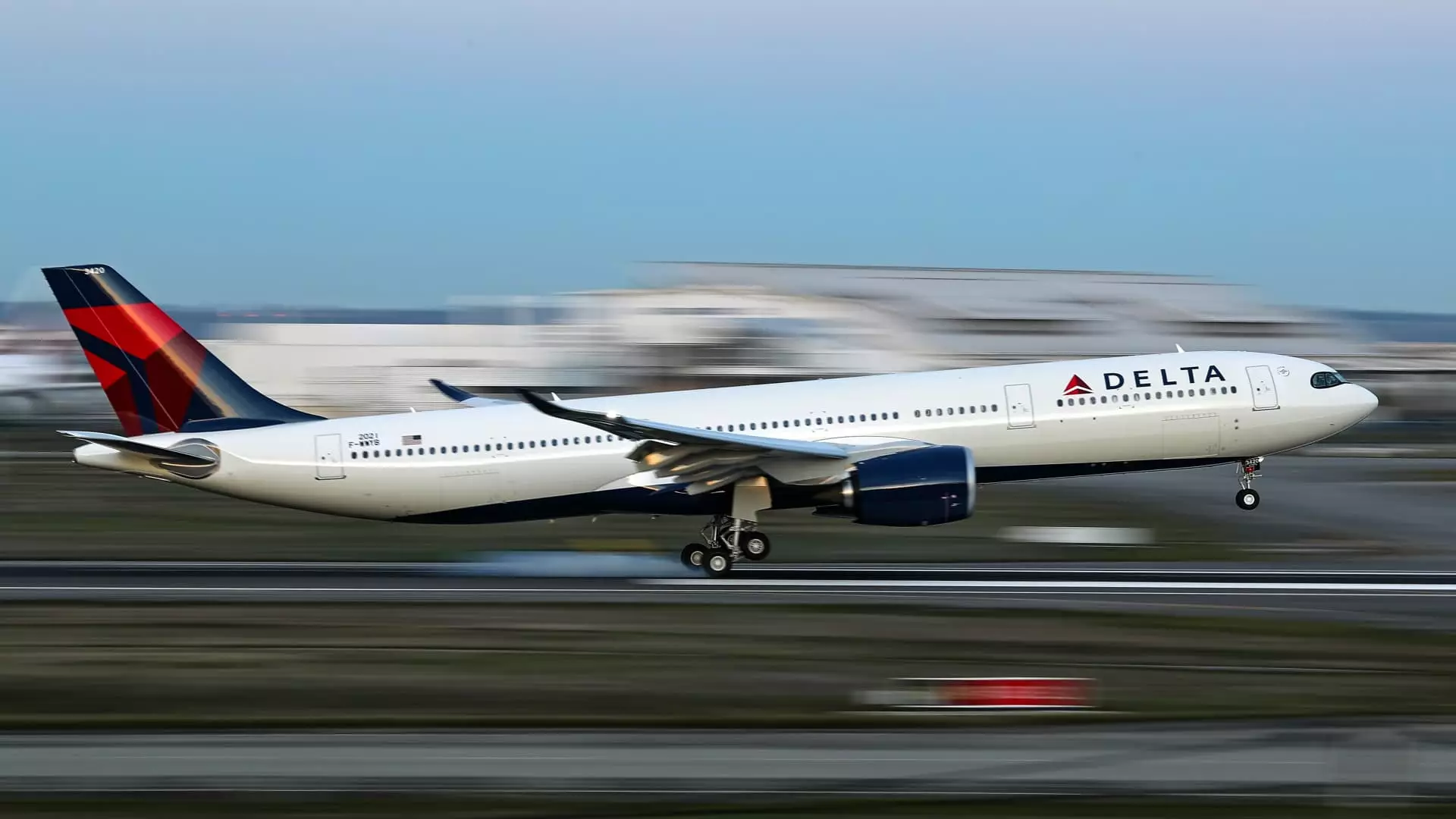The airline industry, long anchored in offering tiered services to attract various customer segments, is now contemplating radical shifts that threaten the very notion of luxury air travel. Delta Air Lines, renowned for its profitability and innovative approach, appears poised to experiment with new pricing models for its premium cabins. This development unveils tensions between maintaining the high standards that loyal, affluent travelers expect and the pressure to maximize revenue through ever-evolving segmentation strategies.
While airlines have historically segmented their cabins—premium economy, business, first class—the current focus shifts toward reconfiguring premium offerings to appeal to a broader spectrum of travelers. The goal? Extract more value from those who are willing to pay for comfort but perhaps not for the most exclusive perks. This shift might mean offering seats that are less luxurious but cheaper or introducing flexible options that reach beyond traditional high-end comfort zones.
The implications are profound: Airlines, including Delta, are increasingly viewing premium cabins not merely as symbols of luxury but as strategic sources of sustained profitability. Recent data underscores this trend, with premium seat revenue growing 6% in the first half of this year, even as the more economical main cabin’s revenue dipped slightly. Such figures point to a fundamental realignment in airline revenue strategies—prioritizing high-margin premium seats over the cost-effective, volume-based coach fares.
However, this approach raises critical questions. Are airlines in danger of diluting the luxury experience that has historically been a key driver of brand loyalty? Or are they simply adapting to the realities of a highly competitive and cost-sensitive travel market? The argument hinges heavily upon how these new offerings are executed. If airlines reduce premium amenities in pursuit of cheaper options, they risk alienating their most loyal customers, who expect a certain level of exclusivity and comfort. Conversely, if these new offerings are strategically designed, they could strike a balance—offering flexibility and value without ruining the premium experience.
Innovative or Inconsistent? The Challenges of Redefining Premium Cabins
The challenge for Delta and other carriers lies in innovating without eroding the premium brand’s core values. The airline industry, after years of cutting costs and downplaying luxury, is now faced with the delicate task of upgrading its high-end products—a process CEO Ed Bastian describes as ongoing and necessary due to the aging of existing cabins. Yet, the temptation to introduce “bargain” options in premium sections raises fears of diminishing returns, both financially and in terms of brand perception.
Industry leaders acknowledge that upgrading aircraft cabins is costly, but they also recognize that success hinges on customers perceiving real value. Delta’s partial experimentation—surveying travelers and testing different options—reflects an attempt to strike this balance. Still, industry experts warn that safety and cost considerations often overshadow innovation. Henry Harteveldt, a veteran travel analyst, emphasizes that airlines benefit most when they give passengers compelling reasons to spend more, not less, on their seats.
United Airlines and American Airlines are moving forward with their upgrades, ensuring their premium cabins remain competitive and attractive. United’s Polaris and American’s Boeing 787 Dreamliner seats are designed to provide increased comfort and exclusivity. However, Delta’s unique moment comes with the potential risk of diluting its premium brand if it offers “cheaper” premium options that eclipse the traditional luxury experience.
Virgin Atlantic’s “Retreat Suite” exemplifies a different approach—creating intimate, social, and private spaces at the top of the cabin. This model highlights a broader industry acknowledgment: luxury travel is evolving toward personalized and exclusive experiences rather than just larger seats and better meals. Yet, whether Delta’s daring experiments will match or overshadow such innovations remains uncertain.
Balancing Profitability and Prestige in the Skies
Ultimately, the debate about Delta’s future premium offerings revolves around a fundamental question: can high-end travelers be satisfied with less without sacrificing their loyalty? While airlines view premium cabins as the economic backbone of their profitability, the risk is that they might compromise their brand’s perceived exclusivity for immediate revenue gains.
In a center-right liberal context, this strategy makes sense as a pragmatic move—maximizing profitability within a competitive landscape without abandoning the premium service sector altogether. However, it must be executed with care. Airlines cannot afford to treat premium travelers merely as revenue streams; doing so risks long-term brand degradation and customer alienation.
Delta’s willingness to innovate shows a recognition that the premium sector must evolve, but the risk remains that half-baked or poorly communicated changes could backfire. A delicate balance must be struck—delivering added value through flexibility and affordability while preserving the high standards that justify higher fares. If done right, these changes could redefine what premium flying means, aligning economic efficiency with customer satisfaction. If done poorly, they threaten to undermine the very advantage that has kept Delta profitable and respected in a fiercely competitive industry.

